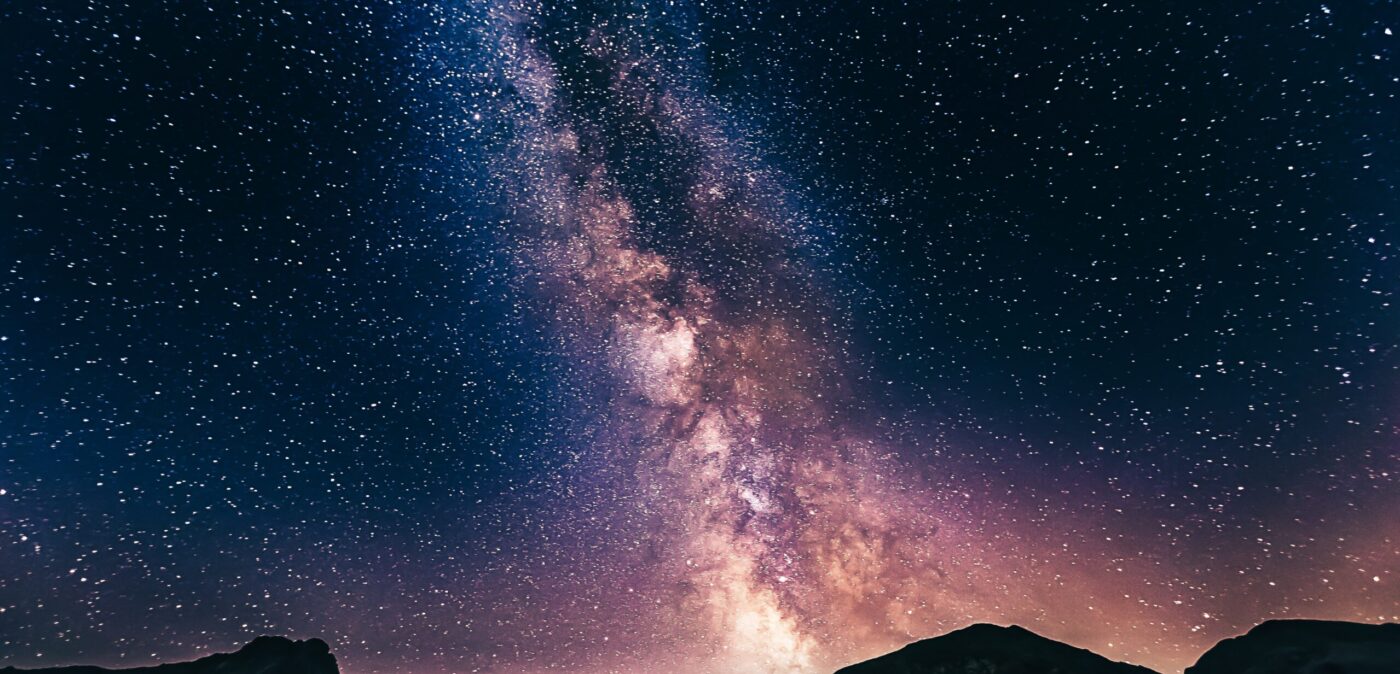
Invisible Mystery – Part 1
The universe is filled with dangerous phenomena. From deadly collisions, to violent outbursts, it’s a chaotic world out there. But perhaps the most dangerous thing of all is a black hole.
Einstein’s famous theory of general relativity predicted the existence of black holes in 1916, but it was not until 1971 when the first black hole was discovered. Usually, discoveries such as these involve taking detailed pictures of an object using a powerful telescope such as Hubble, and then studying the object over a period of time to see how it behaves. However, there is one problem with black holes. It’s impossible to directly image.
In the universe, everything that we see is simply the light reflected back from objects. An apple appears red because it absorbs all the colors of the visible spectrum except the wavelength of red. This wavelength is instead reflected back from the object and out eyes capture it, thus we perceive the object to be red. The same idea is applied in space. When we take a picture of a star, we are absorbing the light reflected back from the object. But what can we do if no light is ever reflected from an object? How do we take a picture of something that absorbs all light?
Black holes have an immense gravitational pull. Its pull is so strong that once anything enters its grasp, it has no hope of escaping. And light is not an exception. Once light enters a black hole, it’s never coming out again. And if it doesn’t come out, then we can’t see or take a picture of it. So then, the question becomes, how do we study something that we cannot “see”?
The existence of black holes was a simple concept, backed only by Einstein’s theory. Many people refused to believe that it existed, because there was no way to directly see and prove that it was there. So scientists turned to indirect methods of seeing a black hole. Black holes have an immense amount of gravity, and therefore have a profound impact on the objects near it. So instead of studying the black hole itself, scientists began to study its effects on other stars or planets nearby. When an object comes closer to a black hole, it heats up and releases x-ray’s that can be traced. Another method is to watch the effect that a black hole has on a nearby star. If a black hole passes near a star, it will begin to pull the outer layers of the star away in a process called accretion. Through this, the star will eventually get eaten away.
Through processes like this, we can indirectly view a black hole and therefore study it. However, one of the largest breakthroughs occurred when a black hole was imaged in 2019. The black hole itself cannot be seen or imaged, but the swirling of matter around it can be. The stunning image thus captured made headline news, and for the first time in history, we were able to see a black hole.
In nearly a century, we had gone from theorizing about an object to being able to actually prove it. Now a century may seem like a long time, but it proves that humanity’s rate of new discoveries is only increasing. In the past, it took centuries just to believe that we lived in a heliocentric universe. We are proving the existence of one of the most destructive forces known to our species.
Resources:
SPACE.COM, NASA, SPACE.COM






Tagged #cassini, #clouds, #hexagonalstorm, #magneticfield, #saturn